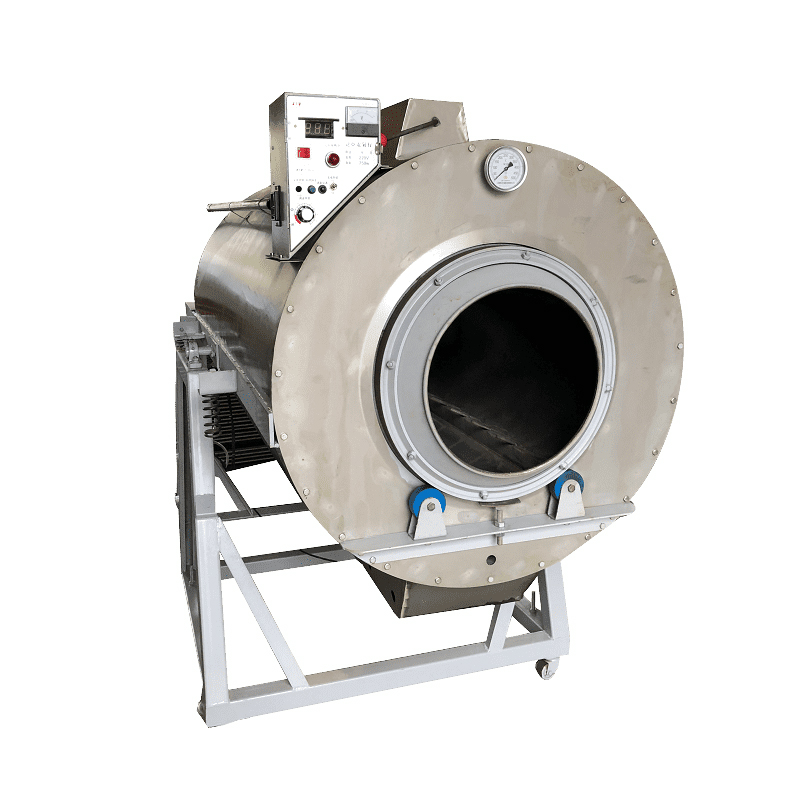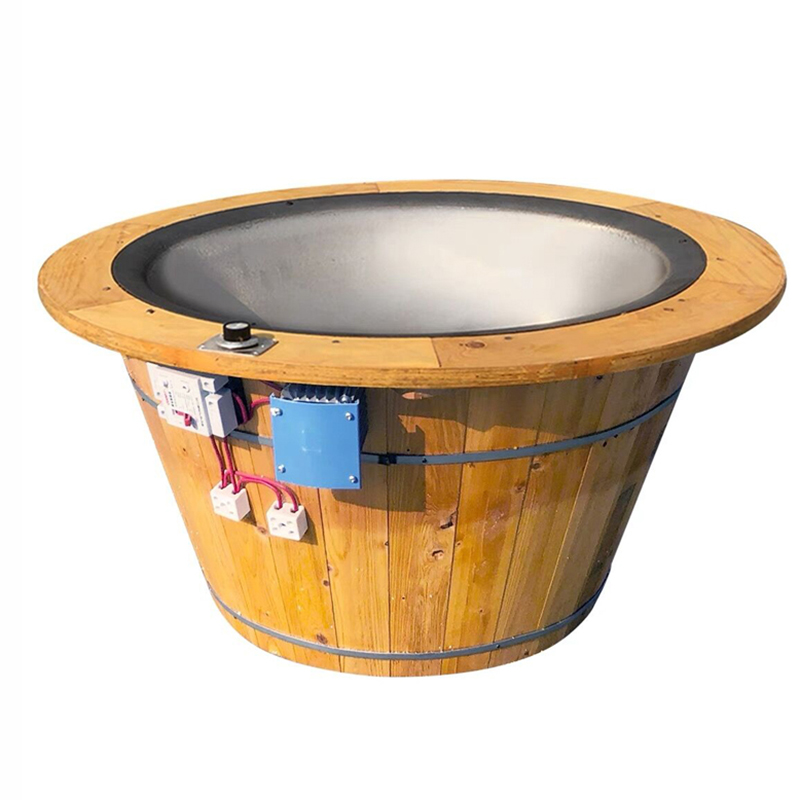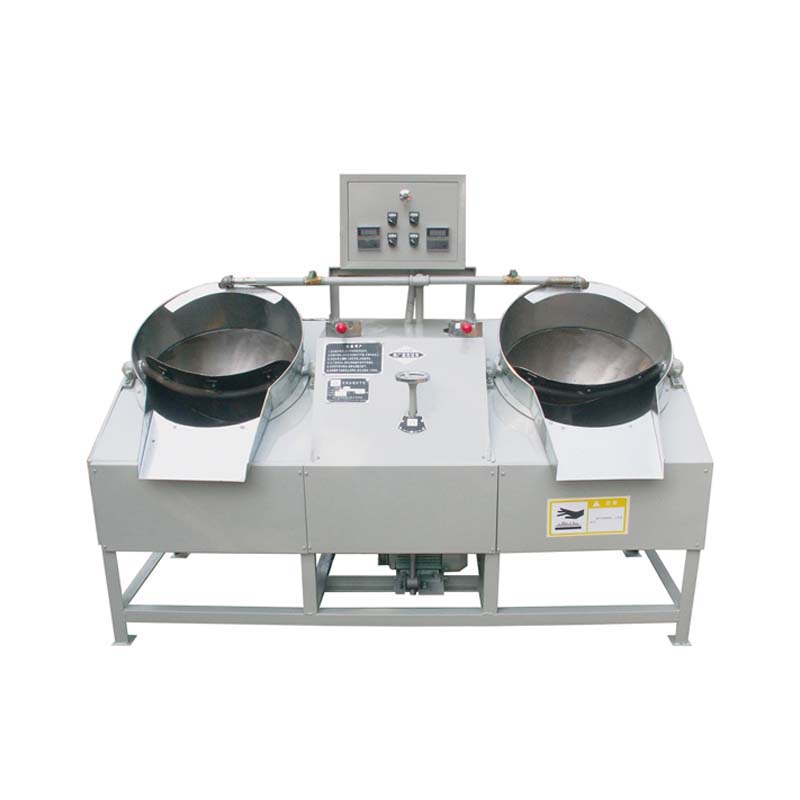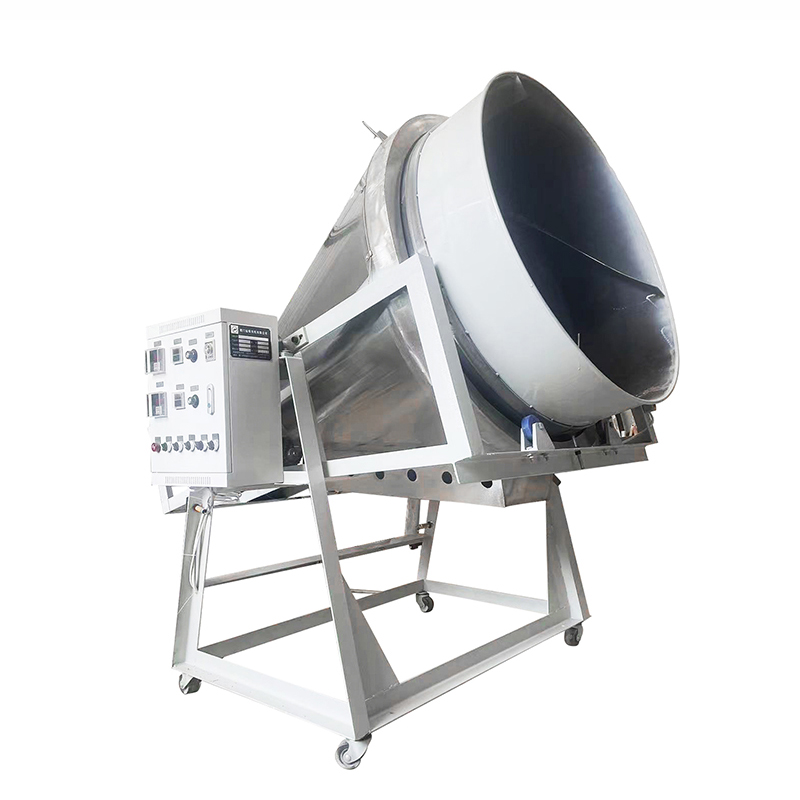Stir-frying is the life-and-death line for Pu’er tea
When the picked fresh leaves have been laid out, the leaves have become soft, and a certain amount of water has been lost, then they can enter the process of being greened by the Tea Fixation Machinery. Pu’er tea has a very special emphasis on the greening process, which is also the key to determining whether a batch of Pu’er tea raw materials can truly meet standards and have aging potential.
The traditional Pu’er tea production process is to use pot frying to manually kill the fresh leaves. This method is still used on a large scale, especially for some more precious raw materials, which require manual control of the greening process.
Fresh tea leaves contain a variety of enzymes. If high temperatures are not used to inhibit their activity, they will undergo enzymatic oxidation reactions with chlorophyll, tea polyphenols and other substances in the fresh leaves. Usually, enzymes are most active at 35~45℃, and can still adapt between 60~82℃, but will be relatively inactive. However, when exceeding 82℃ or even reaching 100℃, these enzymes will be completely “inactivated”. Generally, the curing temperature of green tea must reach above 100°C, and the enzymes that destroy chlorophyll are basically killed.
For Pu’er tea, one of its core values lies in its aging potential. At the same time, it must have a certain degree of “biological activity.” Therefore, the active substances in Pu’er tea are protected from being destroyed or killed during the Tea Roaster Machine process. This has become the key to Pu’er tea craftsmanship.
Another purpose of the greening process is to eliminate some low-boiling aromatic substances. Usually these aromatic substances will cause the bad flavor of tea, such as green leaf alcohol, green leaf aldehyde, etc., which will bring bad green smell.
With the development of production technology, non-artificial methods such as drum fixing machines or sky-pot fixing machines are also used in the production of Pu’er tea. The advantage is that the fixing can be faster, and the efficiency is more than ten times or even dozens of times that of manual pot frying. times.



